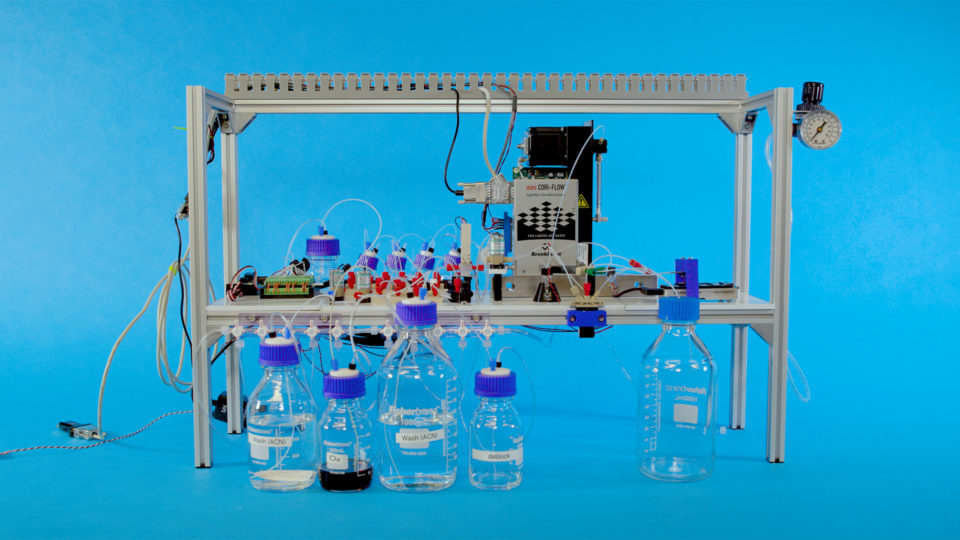
Microsoft and the University of Washington have developed devices that convert and store digital data into DNA. Microsoft hopes that the proof of concept using this device will develop DNA storage technology while recording data center size information in palm-sized DNA.
Of course, this device is still in its infancy. However, according to the journal Nature, the device converts 5-byte text data into words such as ‘hello’ over a period of 21 hours. The reason for this is that it takes time for the chemical reaction to synthesize the DNA into which the data is written.
To help move DNA storage from research labs to datacenters, researchers from @ uwcse and Microsoft demonstrate a fully automated DNA storage system https://t.co/O5dyfikimm pic.twitter.com/xxnwIPGASW
– Microsoft Research (@MSFTResearch) March 21, 2019
https://platform.twitter.com/widgets.js
The device first writes the data and converts the digital data, meaning the text, into the sequence of 0s and 1s and codes it into the DNA sequence consisting of A, C, T, and G. The coded DNA is then stored as a synthetic liquid.
The binary data (01001000 01000101 01001100 01001100 01001111) indicating hello is converted into 1mg DNA. To preserve this arrangement, save as 4 mg DNA. This size can be said to be the size of a warehouse-size data center, all of which are stored at the palm-sized or some at the die size. The saved data was restored to its original text with software that can be read using a DNA sequencer.
The demonstration experiment required 21 hours to store only 5 bytes, but the researchers have already found a way to end it in half the time, 10 to 12 hours. At the same time, it offers considerable cost savings.
Microsoft exemplifies the fact that DNA in mammalian or ancient bone has been stored for tens of thousands of years under natural conditions. If this technology is put to practical use, it will be able to store data for longer than the storage capacity used. .
As data volumes become larger, attempts to store data in DNA are also being studied by several companies as well as Microsoft. Microsoft is aiming to put DNA-based storage systems into practical use and data centers in the next decade. This requires efficient and cost-effective conversion of the data into DNA. For more information, please click here .


